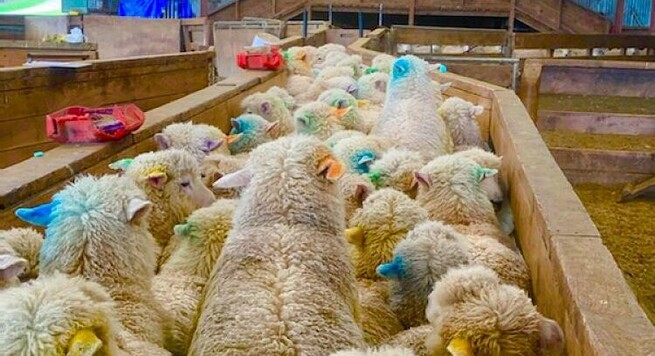A FEC (Faecal Egg Count) is a quick, relatively cheap, in-house test you can invest in for peace of mind, to ensure that you still have drenches that you can reliably reach for in the shed that work.
With the temperatures rising, we get ideal conditions for parasites. This can be the perfect opportunity to do a drench check if you’re wanting a quick snapshot of whether your usual go-to drench is working or not with a simple in-house faecal egg count (FEC).
So why, and when, would be some ideal times to bring in 10 x faecal samples for a FEC? Routine Drench Check:
- Oral Drenches - Bring these samples in 10 days after drenching. If your drench is working, you should expect to see zero eggs at this point.
- Injectable Drenches - eg Exodus LA or Cydectin LA. If your normal go-to drench for your ewes pre-lambing is a long-acting injectable, it would be good to do a FEC in addition to a larval culture approximately 100-120 days after drenching to make sure things are still working as they should be.
- Capsule Drench - Tests ewes 90-110 days after treatment to check how well it worked.
Pre Drenching:
This is to see if a drench is required at any time of the year. For example, if they haven't had a drench in over 4 weeks and you are just wanting to see what the flock levels are before deciding to drench. You may find you only need to drench your bottom cut and not your entire mob.
And finally, if you haven’t had your drench resistance levels checked in over 4 years, please make sure to give us a call and have a chat with one of our vets about what this entails. This FECRA (Faecal Egg Count Reduction Assessment) is a bit more involved than the routine FEC so will require some planning with your KeyVet.

